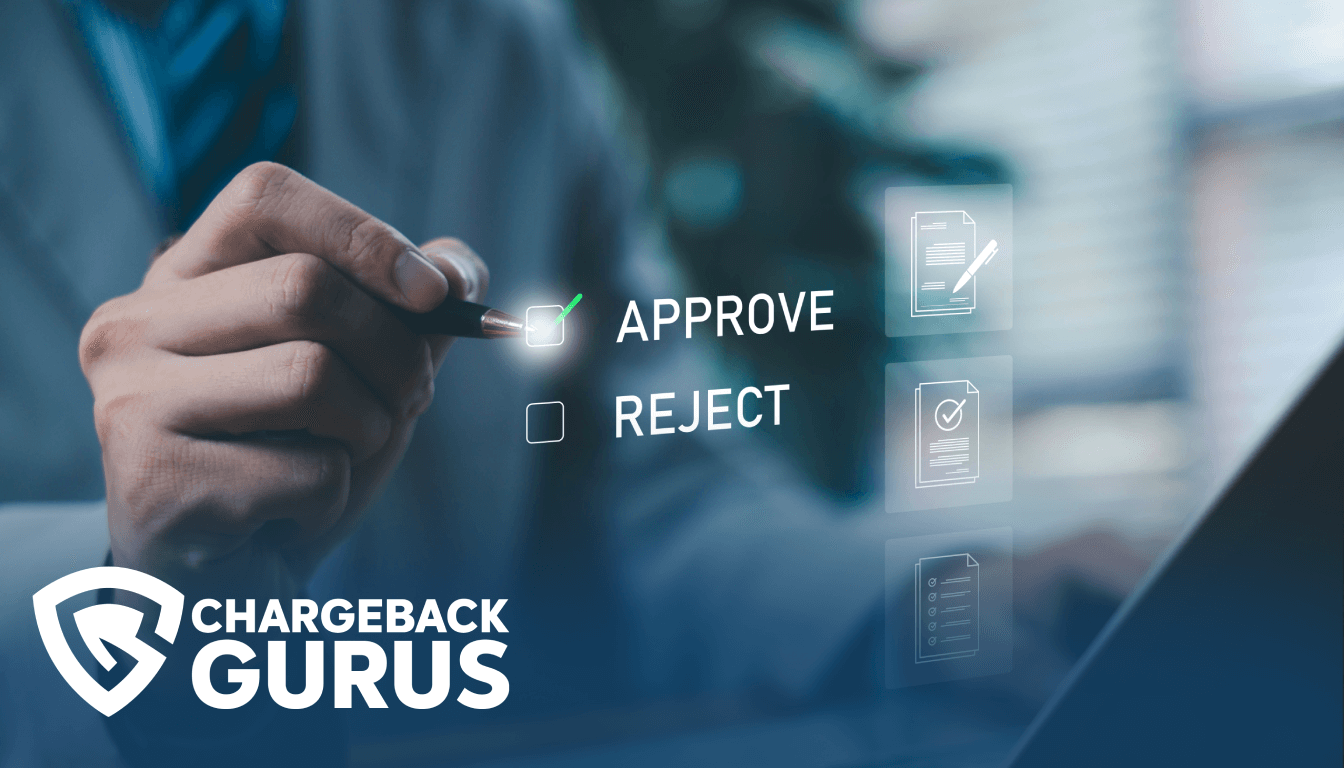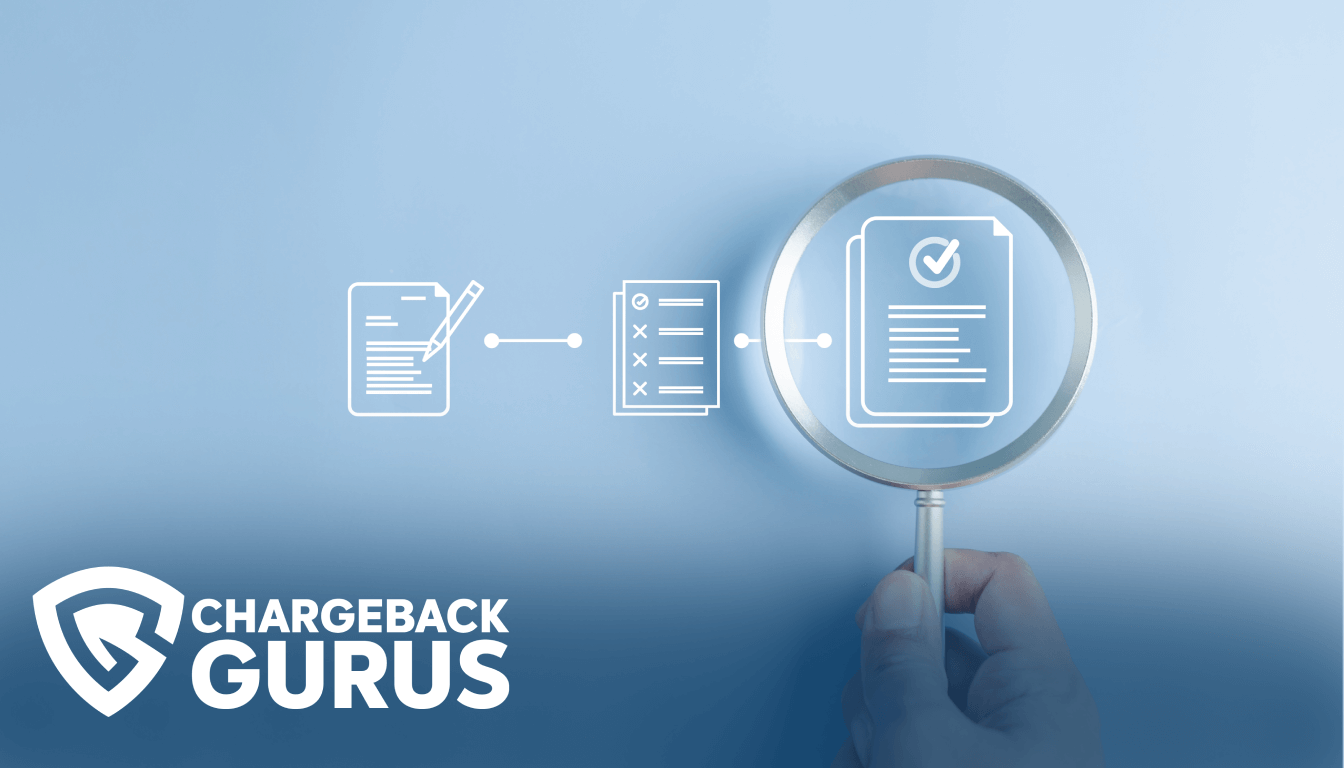Visa Chargeback Reason Code 13.1: Consumer Disputes

Table of Contents
- What is Visa chargeback reason code 13.1?
- What causes code 13.1 chargebacks?
- What's the time limit to respond to code 13.1 chargebacks?
- How can merchants fight code 13.1 chargebacks?
- How can merchants prevent code 13.1 chargebacks?
- About Visa chargeback reason codes
Merchants who receive a chargeback for a transaction placed with a Visa card may encounter reason code 13.1, which indicates a disputed transaction that the cardholder does not believe they should be responsible for paying. The actual underlying cause of this chargeback is usually either friendly fraud or merchant error. Merchants who believe they have received an invalid chargeback under reason code 13.1 may be able to represent the transaction and reverse the chargeback with the right compelling evidence.
What is Visa chargeback reason code 13.1?
Visa chargeback reason code 13.1 falls under the “Consumer Disputes” category. The shorthand description is “Merchandise/Service Not Received.” This reason code means that the cardholder is disputing a transaction by claiming that they never received the merchandise or services they purchased.
What causes code 13.1 chargebacks?
This chargeback may occur due to merchant errors related to delays in fulfillment and delivery or due to friendly fraud from customers who want to get something for nothing.
This chargeback is often seen when the merchant changes the shipping date or charges the cardholder prior to delivery, or when an order for pick-up becomes available but the merchant fails to notify the cardholder.
It should be noted that cardholders are supposed to work these issues out with the merchant before going to their bank and disputing the transaction. When errors or delivery mishaps mean that a cardholder isn’t receiving the benefits of their purchase, they should be able to go to the merchant and ask for a replacement or refund.
Issuers are supposed to encourage their cardholders to contact the merchant first, but they do not always enforce this as a rule, and may file this chargeback prematurely in cases where the merchant would have been happy to refund the customer directly, had they been given the chance.
This chargeback is also widely used in friendly fraud—cardholders will engage in cyber-shoplifting by falsely claiming that they never received a product that they ordered.
What's the time limit to respond to code 13.1 chargebacks?
The acquirer or merchant has 30 days to respond to a chargeback filed under reason code 13.1.
How can merchants fight code 13.1 chargebacks?
The most common way to fight code 13.1 chargebacks is with proof that the goods or services were delivered. There are also other reasons this chargeback may be invalid that a merchant can provide evidence of.
Your chargeback response should include the following:
- Proof that the chargeback is invalid because the merchandise cleared customs in the merchant’s country, but is still being held by customs at the cardholder’s delivery location.
- Proof that the chargeback is invalid because the disputed amount involves the cash-back portion of the transaction.
- Proof that the chargeback is invalid because the dispute concerns a transaction made at an automated fuel dispenser.
- If the merchandise was delivered or made available for pickup on the promised date, provide documentation that proves that the cardholder received the goods they purchased.
- If the purchased services were in fact provided on the agreed-upon date, provide documentation that proves the services the cardholder paid for were performed.
- If the delivery date provided to the cardholder has not yet passed, provide documentation showing the correct and accurate delivery schedule.
- If you have already processed a refund for the transaction in question, provide documentation that proves you have credited the cardholder’s account.
- If you have resolved the issue directly with the cardholder, provide proof, such as written correspondence, that proves they no longer wish to dispute the charge.
How can merchants prevent code 13.1 chargebacks?
Merchants can prevent code 13.1 chargebacks by developing a reliable process for fulfillment and delivery and providing accessible customer service that makes it easy for cardholders to report any issues and receive an immediate remedy, whether that means a refund or a replacement product.
The easier it is for customers to work out their problems directly with the merchant, the less chance they’ll take their complaint to their issuer instead.
The following advice can help you avoid this kind of chargeback:
- Always deliver purchased goods or services in accordance with your agreement with the customer.
- Don’t charge the cardholder’s account until their order has been shipped.
- Inform cardholders when their order has shipped and let them know the estimated delivery date. If possible, provide tracking information.
- Notify cardholders immediately if you find out that their shipment will be delayed for any reason.
- Use signed delivery confirmation.
- Make sure orders are ready and available for pickup on the date specified.
- Provide thorough and accurate descriptions of the services you provide.
About Visa chargeback reason codes
Reason codes are alphanumeric codes that provide the justification for granting a chargeback. Pursuant to the Fair Credit Billing Act of 1974, cardholders have the right to dispute unauthorized or erroneous charges, and issuing banks must reverse a disputed transaction if the cardholder’s claim is valid.
When a cardholder contacts their issuing bank to dispute a transaction and receive a chargeback, the dispute is assigned a reason code that most closely matches the substance of the cardholder’s claims. The reason code provides the merchant and other stakeholders in the dispute with a concise explanation for why a chargeback has been granted.
Each card network—Visa, Mastercard, American Express, and Discover—defines and maintains their own unique set of reason codes, which are applied to disputes by the banks that issue credit and debit cards under their brands.
Visa specifies 46 reason codes under the categories of Fraud, Authorization, Point-of-Interaction Error, Consumer Disputes, and Processing Errors. Visa uses a numeric scheme for its chargeback reason codes.
Understanding chargeback reason codes is one of the most essential parts of effective chargeback management. Identifying the chargeback reason code and the evidence required to fight it is the first step in chargeback representment, and analyzing your chargeback reason codes can provide you with insights into what types of disputes are causing you the most trouble. With this information, you can determine the root causes of your chargebacks and take action to prevent them from reoccurring.


